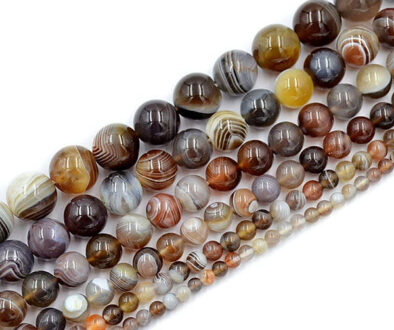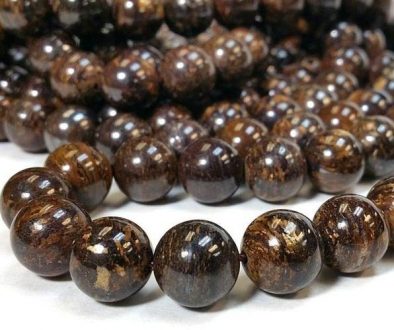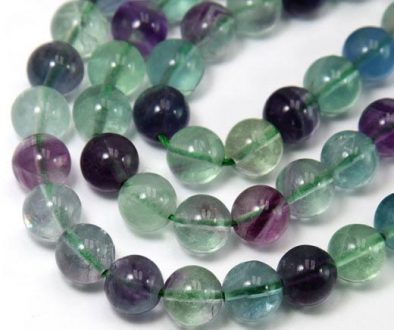Apatite
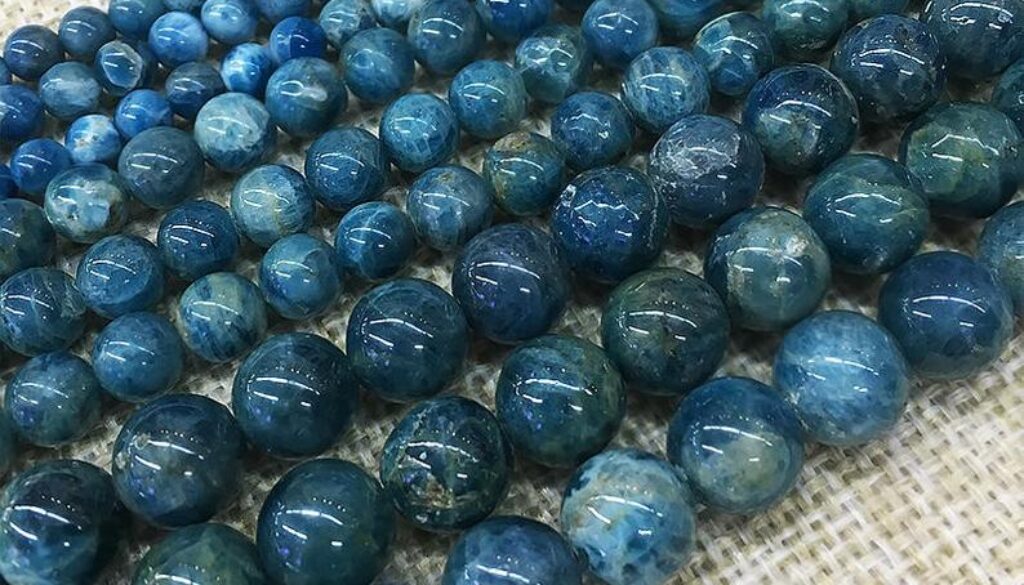
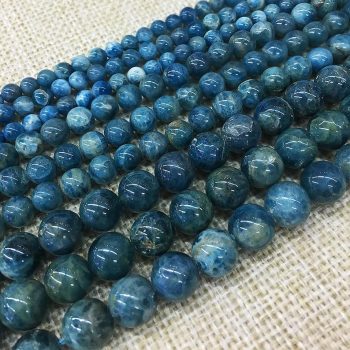 Blue Apatite may be light, bright, or dark blue, sometimes within the same crystal. [Eason, 230] The name Apatite is derived from a Greek word meaning “to deceive” because the variety of colors and formations in which this stone occurs makes it easy to mistake for other minerals. It may be yellow, blue, green, brown, gray or colorless, but the Apatite stones used for metaphysical purposes are primarily higher-quality crystal pieces in blue, green and gold. [Simmons, 41]
Blue Apatite may be light, bright, or dark blue, sometimes within the same crystal. [Eason, 230] The name Apatite is derived from a Greek word meaning “to deceive” because the variety of colors and formations in which this stone occurs makes it easy to mistake for other minerals. It may be yellow, blue, green, brown, gray or colorless, but the Apatite stones used for metaphysical purposes are primarily higher-quality crystal pieces in blue, green and gold. [Simmons, 41]
Apatite is also the stone associated with animal conservation, because it is composed of the mineral phosphate that makes up the teeth and bones of all vertebrate animals, as well as their horns, antlers or tusks. [Eason, 230]
Physically, Apatite is thought to aid in the absorption of calcium, helping cartilage, bones and teeth and encouraging the formation of new cells. It has been said to improve arthritis and joint problems. Apatite can help in suppressing hunger and raising the metabolic rate, encouraging healthy eating. It heals the glands, meridians, organs and overcomes hypertension.
Blue Apatite encourages the formation of new cells and aids in the absorption of calcium. It helps heal bones and teeth, repairs cartilage, and is useful in the treatments for rickets, joint problems, arthritis, and motor skills. [Hall, 63][Gienger, 15]
Blue Apatite is associated with healthy eating, and has been credited with suppressing hunger and raising the metabolic rate. It is generally supportive in healing all glands, meridians, and organs, and reduces hypertension. [Hall, 63][Eason, 230]
Blue Apatite may be used to soothe headaches and help with vertigo or dizziness. It stimulates eyesight, and is particularly good for excessive eyestrain or other problems rooted in lack of eye movement. [Ahsian, 42]
